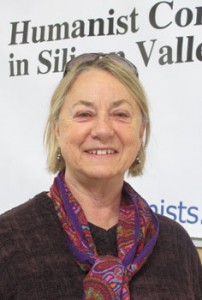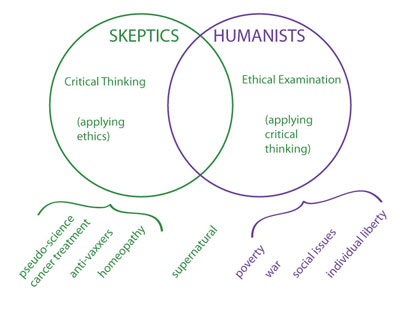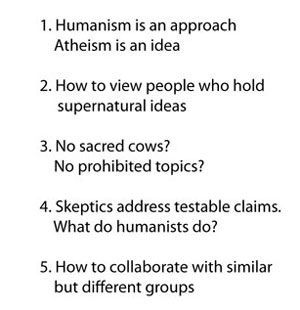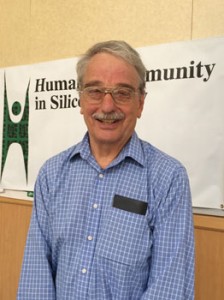Whose Schools are These, Anyway? The Privatization of the Public Good
Prof. Roberta Ahlquist
Sep 21, 2014

In the purported interests of improving public schooling for all, No Child Left Behind (Bush’s educational reform mandate), and Race to the Top (Obama’s reform mandate), public schooling is undergoing massive changes. Many of these changes will negatively affect a majority of students. How can interested communities challenge these draconian measures? Professor Roberta Ahlquist (a writer, speaker, and book editor, who teaches teachers the multicultural foundations of education in the College of Education at San Jose State University) will present.
To view the slides from the presentation click here.



 Who do we let in? Who do we keep out? And what are we doing in there anyway?
Who do we let in? Who do we keep out? And what are we doing in there anyway?

